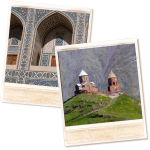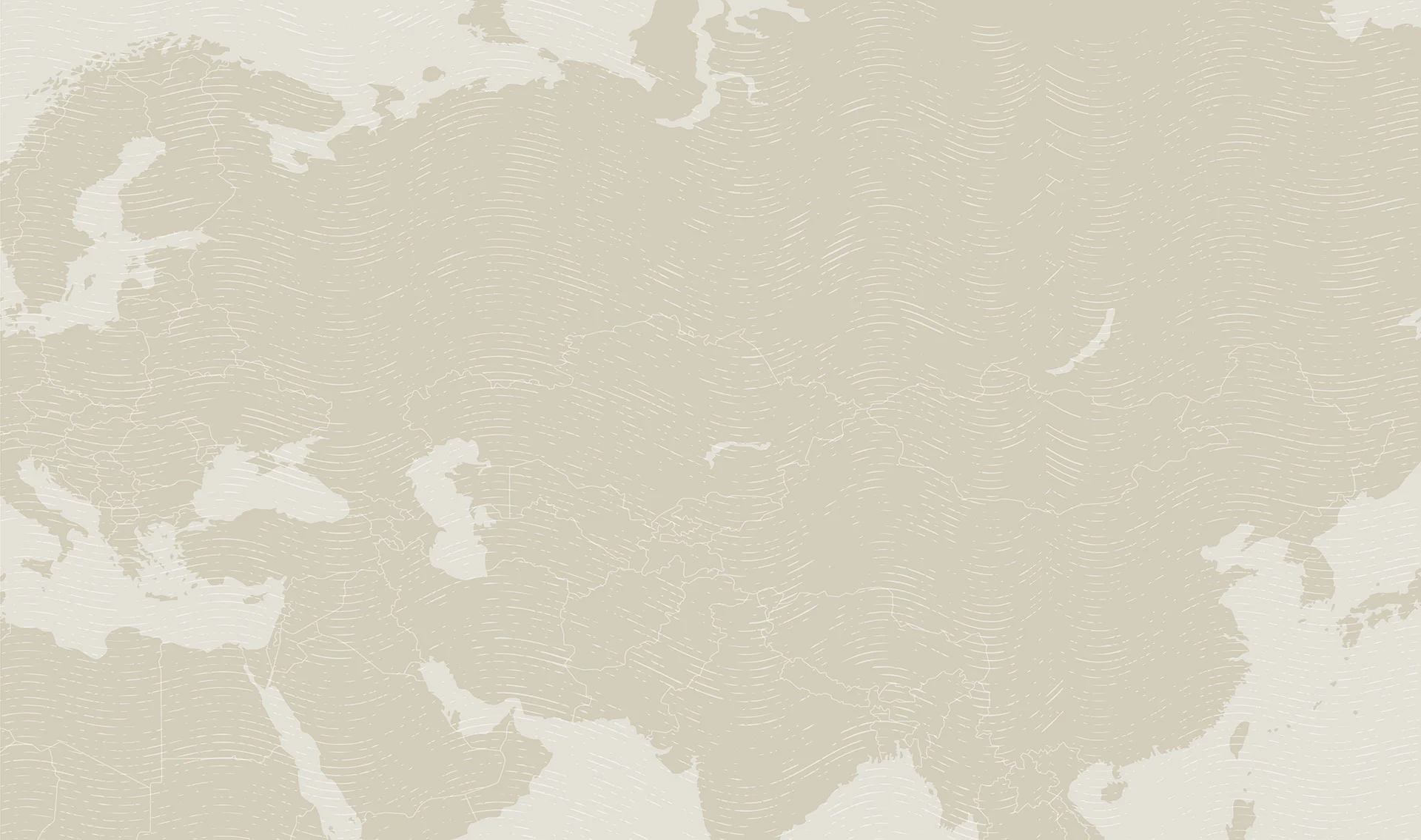Photo credit: Lindsay Fincher
Good Manners in Iran: 3 Tips for Travelers
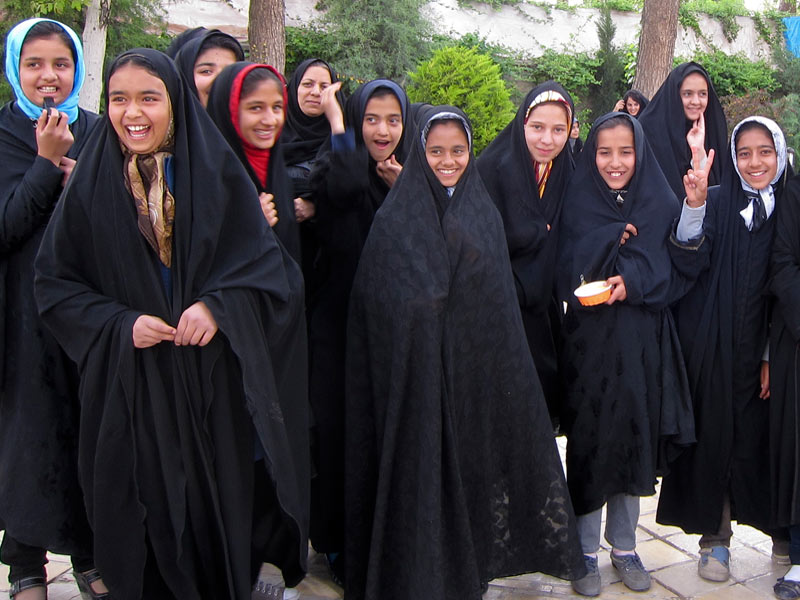
MIR’s Director of Sales and Iran Travel Expert, Joanna Millick, has traveled to Iran numerous times and jumps at any chance to visit again.
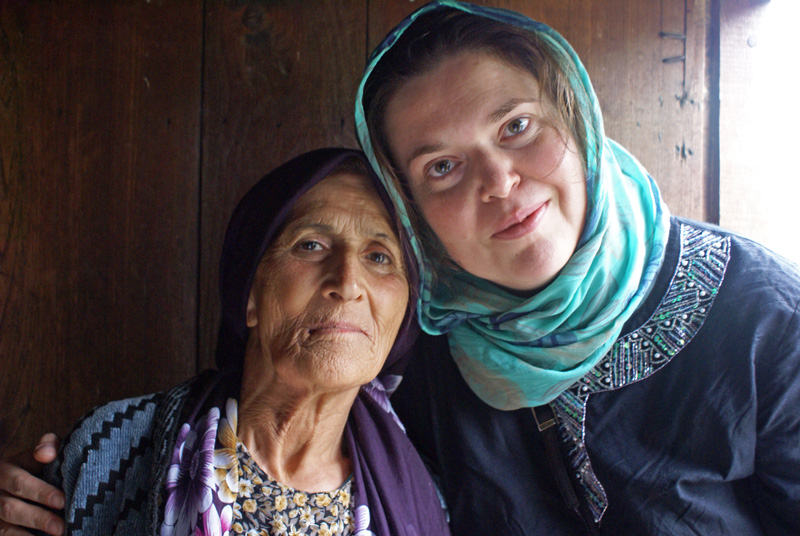
American travelers to Iran are often surprised by the warm welcome they receive.
In Iran they really roll out the red carpet for Americans, and want to speak English with you and take photos of you. This is genuine and comes from the heart.
That said, there are some long-standing traditions and some modern rules that may be unfamiliar to Iran-bound travelers. Here are three ways to help you navigate them, and come away with a richer travel experience.
1. Just Say No
There’s a custom, or way of interacting, in Iran that your guide may have to help you negotiate. It’s called taarof, and it’s about hospitality, good manners, and being the best host ever, and it’s a cornerstone of good manners in Iran. What it means for the traveler is that an Iranian person will offer you the shirt off his or her back, but good manners require that you refuse it.
For example, on my first trip here, I came alone and traveled only with a guide. A gentleman in a coffee shop got to chatting with me in Farsi. My guide was translating for both of us, but when the man invited us to his family’s home for a meal, the guide stopped translating and seemed to be arguing with him. I tried to make my guide tell me what was going on, but he wouldn’t talk about it until we had taken our leave of the man.
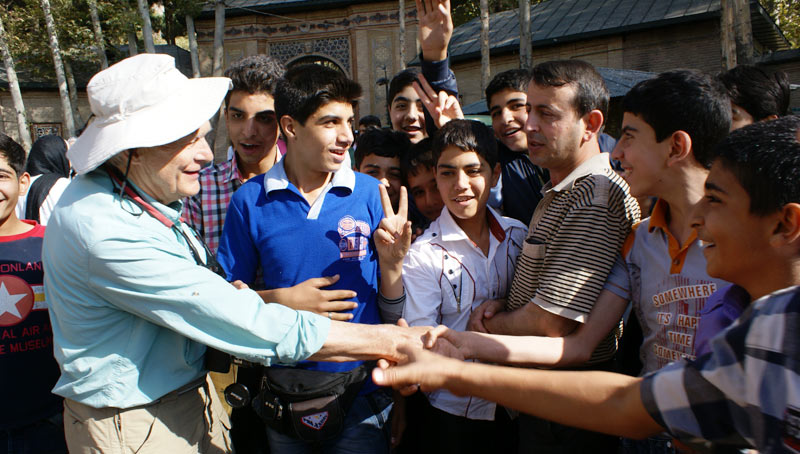
He finally explained that the man in the coffee shop was just practicing taarof. He described it as kind of a dance where a stranger will offer to give you something, or to pay for a meal or invite you to stay overnight at his house. The person will insist strongly, arguing and pleading, but the recipient is expected to argue just as strongly against accepting the offer. Usually, if the person is still insisting after three refusals, then the offer is real and can be accepted without being rude. But first you must always refuse.
(click image to view larger photo)
It’s like what we do sometimes in the U.S., when we say, “Yes, we have to get together for lunch some time,” but then don’t make a plan or suggest a date. It’s polite, but it’s not real. It’s like saying, “Oh no, I couldn’t,” when someone offers you a slice of cake – you are being polite, but hoping they will insist and you’ll get to eat it anyway.
So many Iranians speak good English that it’s easy to communicate, but when the local person begins to offer something, the national guide may interrupt and take over the conversation. The American thinks, “Why is the guide being so rude?” but the guide understands the customs.
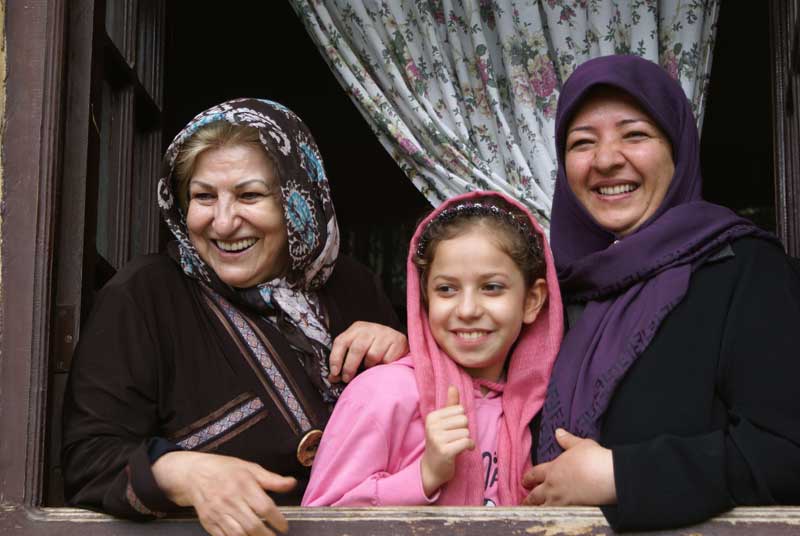
2. Modesty Matters: Wearing Hijab
In Iran, it’s not merely good manners for women to dress modestly, it’s a requirement. Hijab, the Islamic behavioral code, is all about modesty, and it goes for men as well as women. (Muslim men are directed to “lower their gaze” and refrain from staring at women.) Most familiar, however, is the dress code element of hijab, which consists mainly of a handful of unwritten rules for women.
Islamic modesty for a woman means wearing loose clothing that doesn’t emphasize the body, covering most of the hair with a scarf or shawl, and exposing only the hands and face.
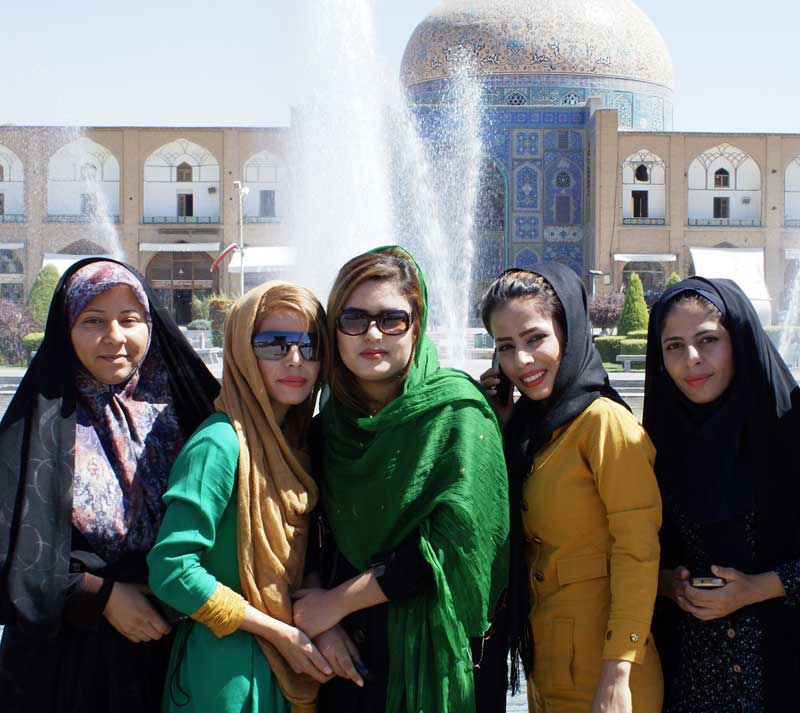
This is far from an insurmountable barrier to visiting Iran, and the challenge can be interesting. Modern websites such as East Essence feature modest and modestly-priced separates with up-to-date names, such as dusters, shrugs, and pullovers that you can mix and match. Simply wearing loose (at least not skin-tight) pants under an amply-cut dress is fine, but you might want to look at photos on the internet to get Islamic fashion ideas. Iranian women, especially the younger ones in Tehran, know how to dress with style and flair within the parameters of hijab.
For more on the how-tos of hijab, see our blog post,
Looking Good in Iran.
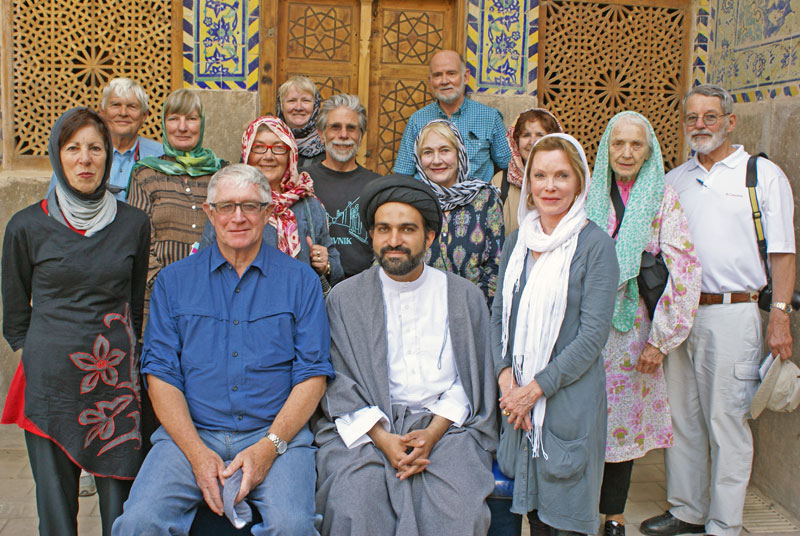
3. Follow the Leader
U.S travelers in Iran, while warmly welcomed, must be accompanied by a guide as they move about the country. This means you’ll almost always have your own English-speaking guide with you, whether you’re in a group or traveling solo. It might sound like a constraint, but it’s really very helpful and informative to have a local person explaining things and helping you get around.
But that doesn’t mean you won’t be able to connect with people on the street. Kids especially will spontaneously say (or yell) “Hi,” or “Hello,” and you can surprise them by responding with the Farsi version of hello, “Salam.” “Thank you” is even easier. It’s the same as the French merci, but spelled “mersi.” “Please” is “lotfan.” These words will stand you in good stead all over Iran, and add to the feeling of being welcome here.
(click image to view larger photo)
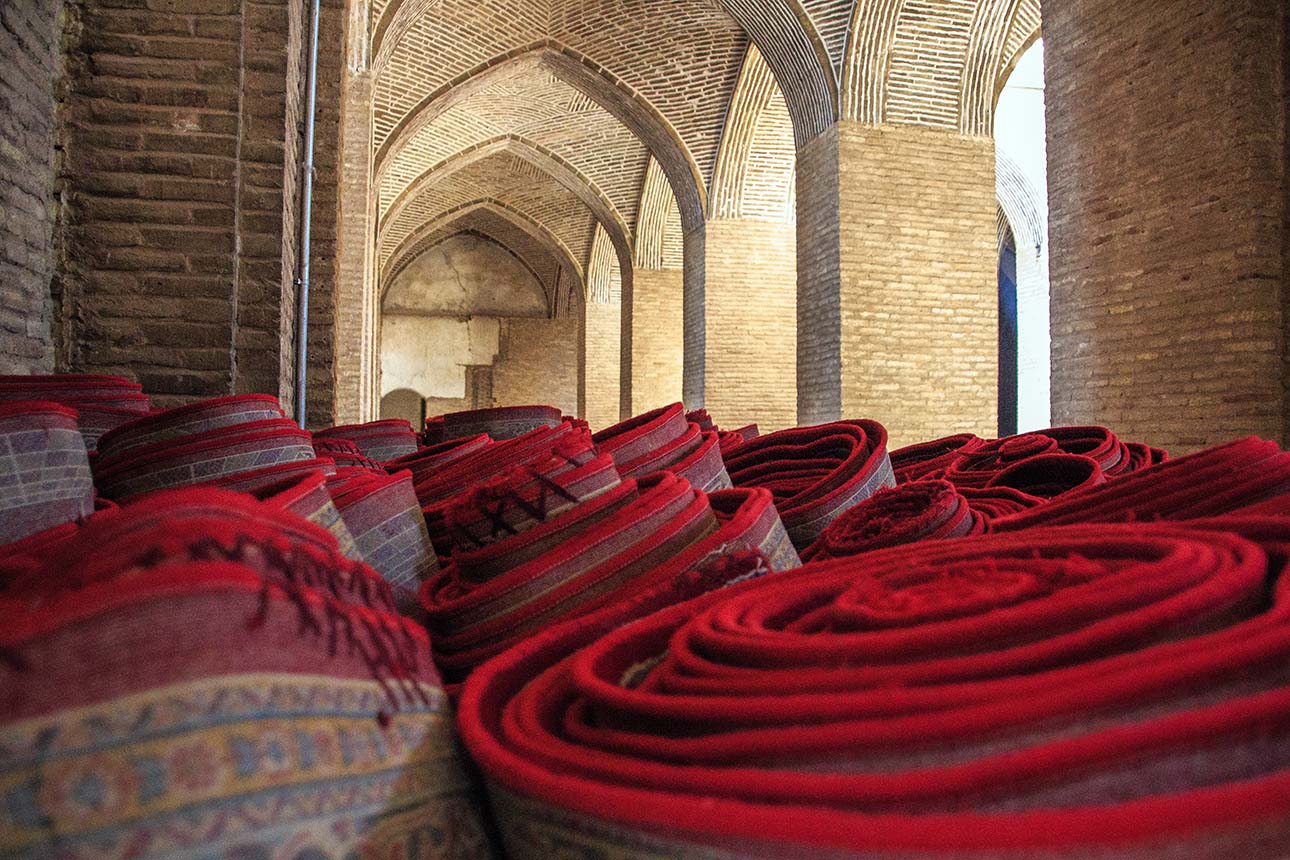
Travel to Iran with MIR
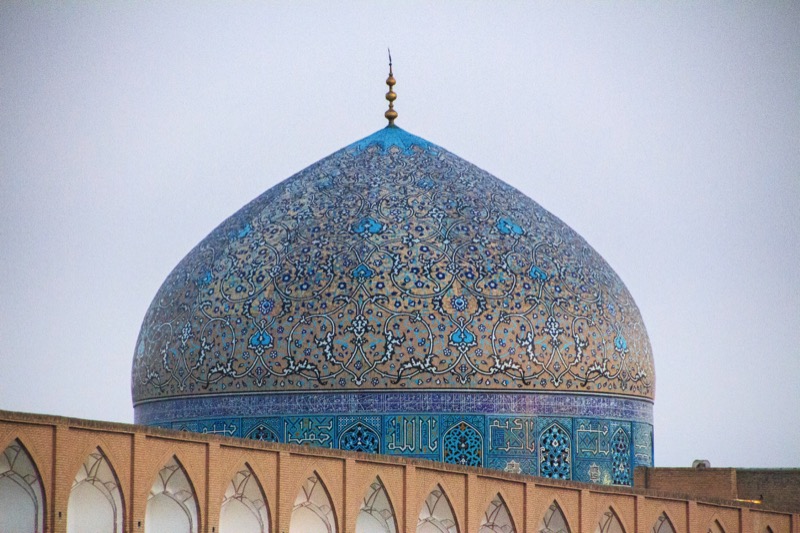
MIR has more than 20 years of experience hand-crafting tours to Iran. Our full service, dedication, commitment to quality, and destination expertise have twice earned us a place on National Geographic Adventure’s list of “Best Adventure Travel Companies on Earth.”
You can visit Iran in a number of ways: on a small group tour, on a rail journey by private train, or on an independent trip put together just the way you want it.
- Small Group Tours
- Rail Journeys by Private Train
- Heart of Persia by Private Train
- Jewels of Persia & the Silk Route by Private Train (Eastbound / Westbound)
- Iran & the ‘Stans by Private Train (Eastbound / Westbound)
- Persian Explorer by Private Train
- Custom Private Journeys
- If you have special interests or specific destinations in Iran you’d like to explore, MIR can work with you to create a custom, private journey that reflects your desires and timeline. You can also travel on one of MIR’s hand-crafted private independent travel itineraries, Essential Iran or our new Essential Iran Enhanced.
Our team has an insider’s knowledge of what to do and see in Iran, and we would love to help you craft a tour that satisfies your curiosity about this ancient and modern country.
Chat with one of our destination specialist today!














